1. Pure sine wave output;
2. High efficiency toroidal transformer lower loss ;
3. Intelligent LCD integration display;
4. AC charge current 0-20A adjustable; battery capacity configuration more flexible;
5. Three types working modes adjustable:AC first, DC first, energy-saving mode;
6. Frequency adaptive function, adapt to different grid environments;
7. Built-in PWM or MPPT controller optional;
8. Added fault code query function,facilitate user to monitor the operation state in real time;
9. Supports diesel or gasoline generator, adapt any tough electricity situation;
10. RS485 communication port/APP optional.
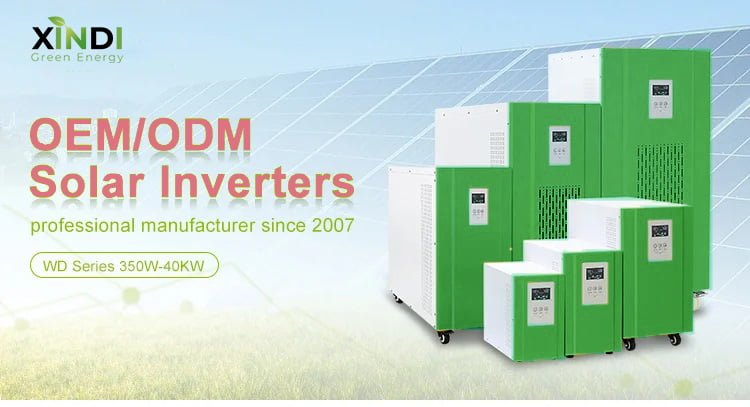
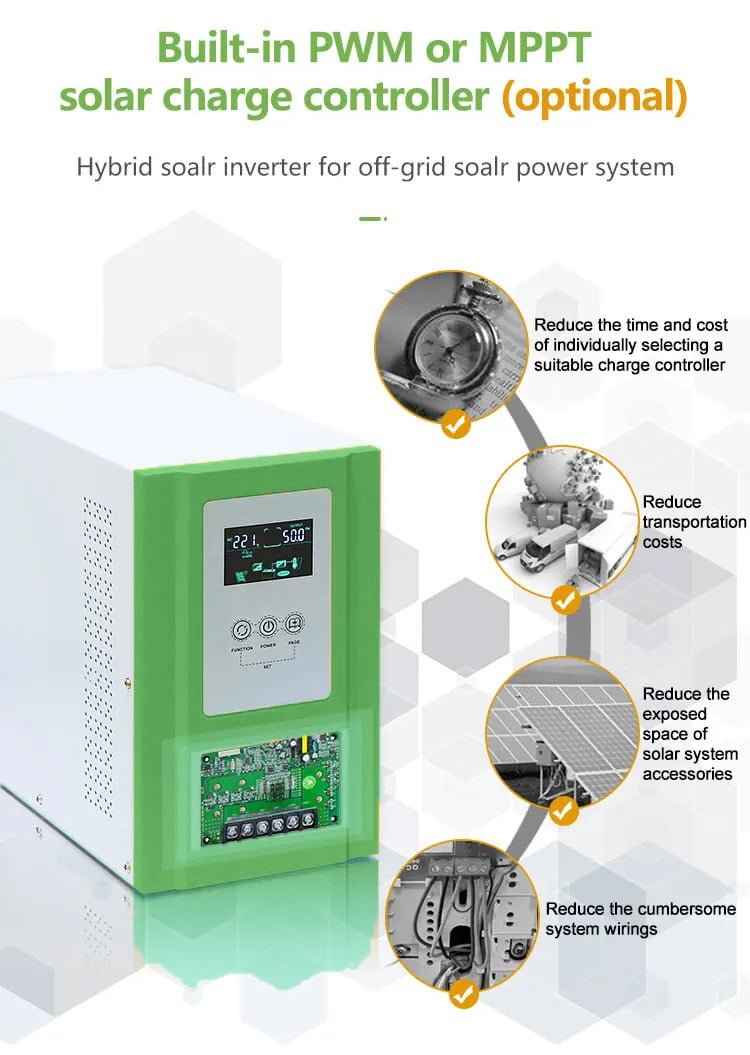
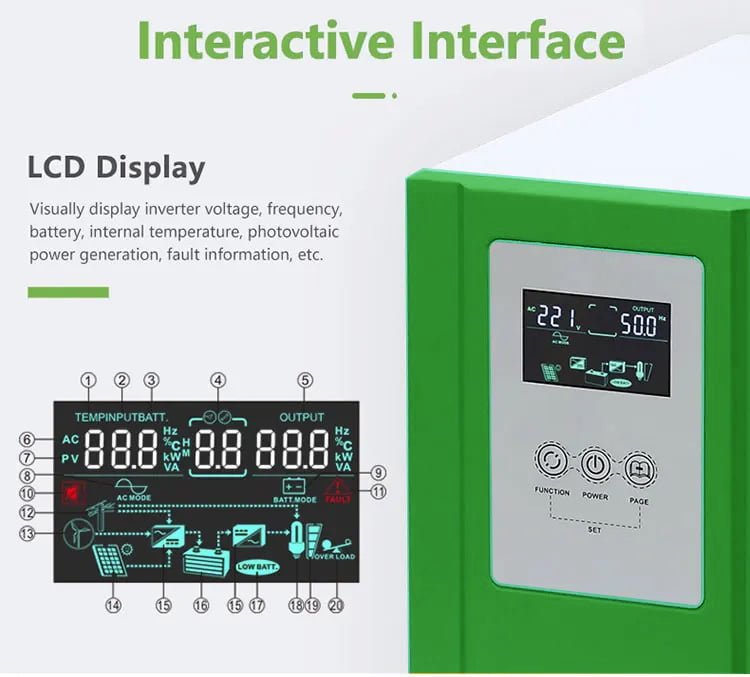
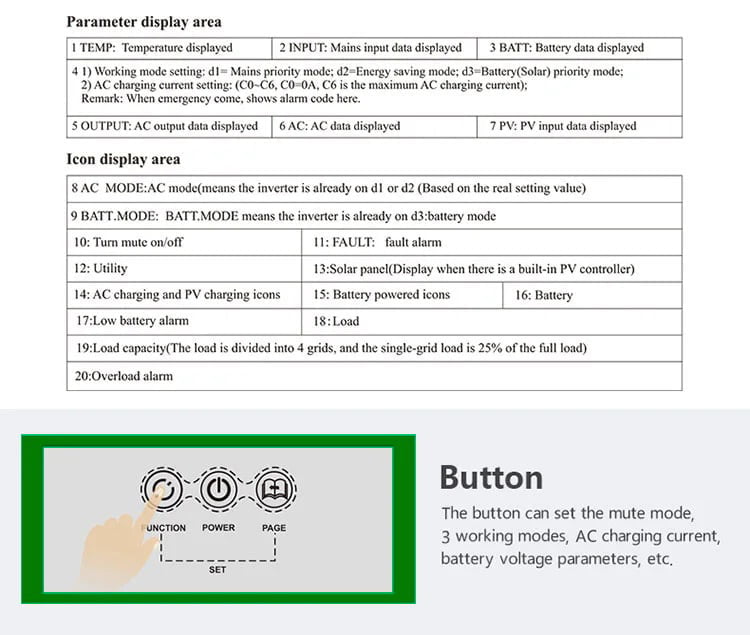
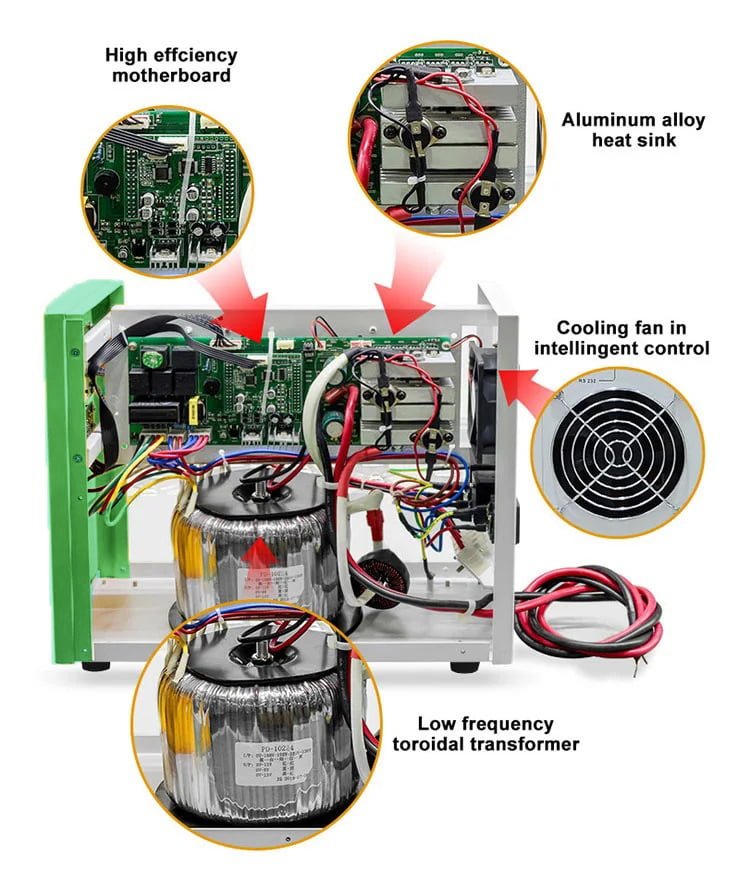


| Especificação | ||||
| Model WD/WD-T | 70112/24 (701) | 10212/24 (102) | 15224/48 (152) | |
| Potência nominal | 700W | 1000W | 1500W | |
| Peak Power(20ms) | 2100VA | 3000VA | 4500VA | |
| Motor de Partida | 0,5HP | 1HP | 1,5 HP | |
| Voltagem da bateria | 12/24VCC | 12/24VCC | 24/48VCC | |
| Tamanho (L*L*Hmm) | 340x165x283 | |||
| Tamanho da Embalagem (L*L*Hmm) | 405x230x340(1pc) / 475x415x350(2pc) | |||
| NW(kg) | 9.5(1pc) | 10.5(1pc) | 11.5(1pc) | |
| GW(kg) | 11(1pc) | 12(1pc) | 13(1pc) | |
| Método de instalação | Torre | |||
| Entrada | Faixa de tensão de entrada DC | 10.5-15VDC(Single battery voltage) | ||
| Faixa de Tensão de Entrada CA | 73VAC~138VAC(110VAC) / 83VAC~148VAC(120VAC) / 145VAC~275VAC(220VAC) / 155VAC~285VAC(230VAC) / 165VAC~295VAC( 240VAC) | |||
| Faixa de Frequência de Entrada CA | 45Hz~55Hz(50Hz)/ 55Hz~65Hz(60Hz) | |||
| Corrente máxima de carga CA | 0A~20A(Depending on the model,The maximum charging power is 1/4 of the rated power) | |||
| Método de carregamento CA | Três estágios (corrente constante, tensão constante, carga flutuante) | |||
| Saída | Eficiência (modo de bateria) | ≥85% | ||
| Tensão de saída (modo de bateria) | 110VAC±2% / 120VAC±2% / 220VAC±2% / 230VAC±2% / 240VAC±2% | |||
| Frequência de saída (modo de bateria) | 50Hz±0,5 ou 60Hz±0,5 | |||
| Onda de saída (modo de bateria) | Onda senoidal pura | |||
| Eficiência (Modo CA) | >99% | |||
| Tensão de saída (modo CA) | 110VAC±10% / 120VAC±10% / 220VAC±10% / 230VAC±10% / 240VAC±10% | |||
| Frequência de Saída (Modo CA) | Siga a entrada | |||
| Distorção da forma de onda de saída (Modo de bateria) | ≤3% (carga linear) | |||
| Sem perda de carga (modo de bateria) | ≤1% potência nominal | |||
| Sem perda de carga (modo AC) | ≤2% rated power( charger does not work in AC mode) | |||
| No load loss (Energy saving Mode) | ≤10W | |||
| Tipo de Bateria (selectable) | Bateria VRLA | Charge Voltage :14.2V; Float Voltage:13.8V(Single battery voltage) | ||
| Personalizar bateria | Parâmetros de carga e descarga de diferentes tipos de baterias podem ser personalizados de acordo com os requisitos do usuário (os parâmetros de carga e descarga de diferentes tipos de baterias podem ser configurados através do painel de operação) | |||
| Proteção | Alarme de subtensão da bateria | Factory default: 11V(Single battery voltage) | ||
| Proteção contra subtensão da bateria | Padrão de fábrica: 10,5 V (tensão de bateria única) | |||
| Alarme de sobretensão da bateria | Factory default: 15V(Single battery voltage) | |||
| Proteção contra sobretensão da bateria | Padrão de fábrica: 17V (tensão de bateria única) | |||
| Tensão de recuperação de sobretensão da bateria | Factory default: 14.5V(Single battery voltage) | |||
| Proteção contra sobrecarga | Proteção automática (modo bateria), disjuntor ou seguro (modo CA) | |||
| Proteção contra curto-circuito na saída do inversor | Proteção automática (modo bateria), disjuntor ou seguro (modo CA) | |||
| Proteção de temperatura | >90°C (desligar a saída) | |||
| Alarme | A | Condição normal de trabalho, a campainha não tem som de alarme | ||
| B | Buzzer soa 4 vezes por segundo quando falha da bateria, anormalidade de tensão, proteção contra sobrecarga | |||
| C | Quando a máquina é ligada pela primeira vez, a campainha irá solicitar 5 quando a máquina estiver normal | |||
| Dentro do controlador solar (Opcional) | Modo de carregamento | PWM or MPPT | ||
| charging current | 10A~60A | |||
| Faixa de tensão de entrada fotovoltaica | PWM: 15V-44V(12V system); 30V-44V(24V system); 60V-88V(48V system) MPPT: 15V-120V(12V system); 30V-120V(24V system); 60V-120V(48V system) | |||
| Tensão máxima de entrada PV (Voc) (Na temperatura mais baixa) | PWM: 50V(12V/24V system); 100V(48V system) / MPPT: 150V(12V/24V/48V system) | |||
| Potência máxima do arranjo fotovoltaico | 12V system: 140W(10A)/280W(20A)/420W(30A)/560W(40A)/700W(50A)/840W(60A); 24V system: 280W(10A)/560W(20A)/840W(30A)/1120W(40A)/1400W(50A)/1680W(60A); 48V system: 560W(10A)/1120W(20A)/1680W(30A)/2240W(40A)/2800W(50A)/3360W(60A) | |||
| Perda de espera | ≤3W | |||
| Máxima eficiência de conversão | >95% | |||
| Modo de trabalho | Bateria primeiro/CA primeiro/Modo de economia de energia | |||
| Tempo de transferência | ≤4ms | |||
| Mostrar | LCD | |||
| Método térmico | Ventilador de refrigeração em controle inteligente | |||
| Comunicação (opcional) | RS485/APP (monitoramento WIFI ou monitoramento GPRS) | |||
WD series power is from 700w~40kw If you want to get more information, Please contact us | ||||
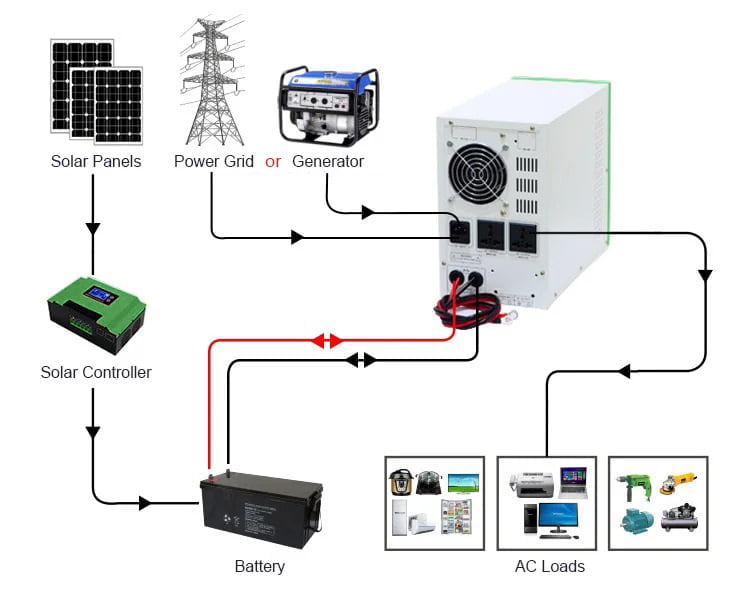
1. Battery number and capacity should be configured according to the rated voltage of the solar power system or inverter;
2. We offer 3 optional working modes:
01 Grid priority mode: When the grid and battery are connected to the inverter, grid will supply power to the loads directly after voltage being stabilized and charge batteries via inverter. When the grid is cut off, the battery will automatically continue to supply power via inverter.
02 Energy saving mode: If the power of the connected AC loads is lower than 5% of the inverter’s rated power, there will be no output from the inverter. Only the chip of inverter is working. The power consumption of the inverter is only 1~6W. The LCD shows the output voltage 0. If the power of the connected loads is over 5%, within 5S the inverter will automatically convert DC to AC to supply power for the loads . The LCD shows the output voltage.
03 Battery priority mode: When the grid and battery are connected to the inverter, battery will supply power to the loads first. When battery capacity is not enough, the grid will continue to supply power automatically.
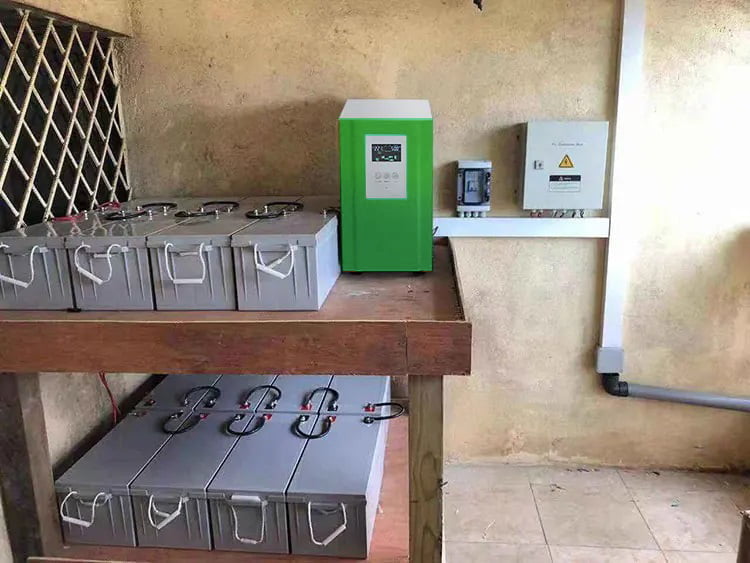
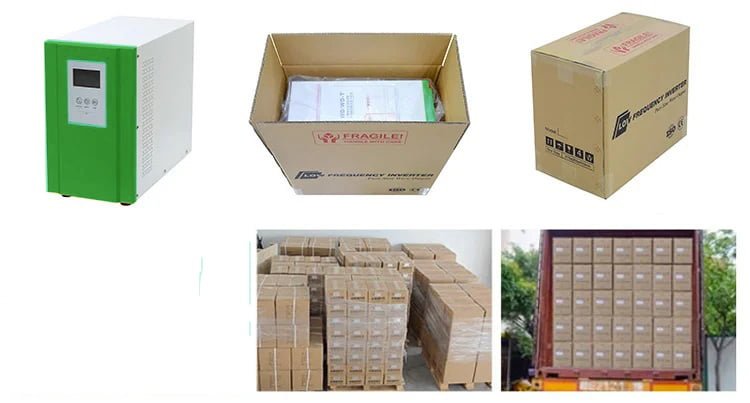
Pacote
Caixa de papelão para embalagem ou caixa de madeira recomendada para proteger amostras durante o transporte.
Envio
1. Fedex/ DHL/ TNT/ UPS para amostras, porta a porta.
2. Por via aérea ou marítima para mercadorias em lote, para CFL, recebimento no porto aéreo/porto.
3. Clientes especificando agentes de carga ou métodos de envio negociáveis.
4. Prazo de entrega: 7 dias para amostras; 10 a 25 dias para produtos em lote.

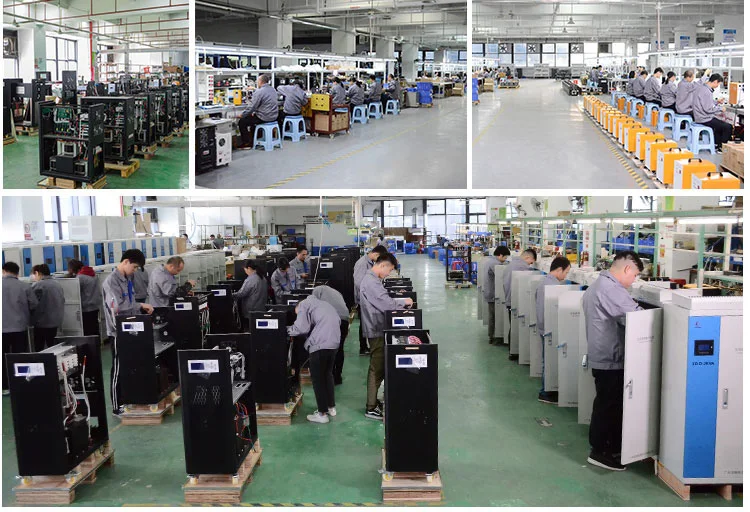
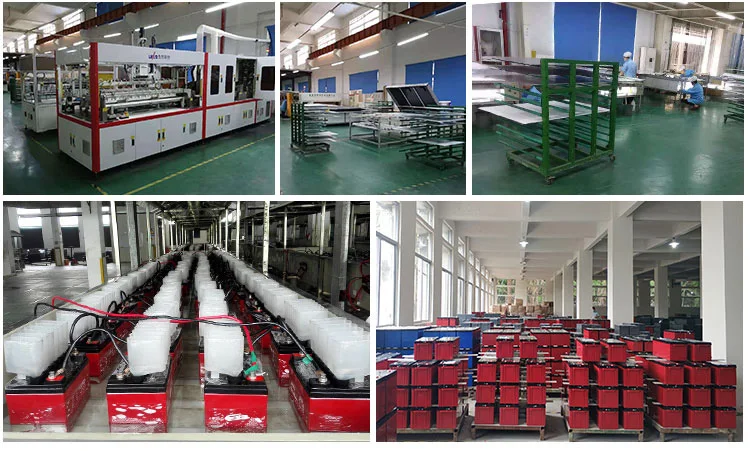

A: Are your inverters pure sine wave output?
Q: A Yes, All are true pure sine wave.
A: What kind of output you can do?
Q: Normally we produce inverter with 110V 115V 120V 220V 230V 240V, 50/60Hz self-adaption. If you have special requirements, please tell us for engineer consulting.
A: What’ s the difference between low frequency and high frequency inverter?
Q: Low frequency inverter has various protections, strong ability to adapt to the environment. more reliable, with voltage regulation.
A: What’s the difference between pure sine wave inverter and modified sine wave inverter?
Q: Pure sine wave output inverter is just as good as the Public power grid. Even better. Low repaired rate, long lifespan, Without harmonic pollution, enviromental-friendly and appliances protected.
A saída de onda senoidal modificada tem um impacto negativo em aparelhos e não pode carregar cargas indutivas, como ar condicionado, geladeira, etc. Certos circuitos de controle de motor não gostam da onda modificada.
A: What appliances your inverters can load?
Q: Our inverter can be used in household, Office, agricultural appliances and other inductive load such as refrigerator, air conditioner, water pump, etc.
A: Can you print our company logo on inverters, nameplates and packaging?
Q: Yes, we accept OEM orders.
A: How to choose a right inverter?
Q: Tell us your demand, then our sales will recommend a suitable inverter to you.
A: How to solve the technical problem?
Q: 24 hours after-service consultancy just for you and to make your problem to solveeasily.
A: Do I Need A Power Inverter?
Q: Actually, no. This is the only component of a solar energy system that is not absolutely required. However, if you don’t use one, you will not have 220 or 230 volts AC and will have use battery power alone. This might be acceptable in a small RV or cabin, but most people want to use normal AC appliances.
A: What’s The Difference Between 12, 24, And 48 Volt Inverters?
Q: This refers to the input voltage from the battery bank. The main consideration is that at higher voltages the current is less so that you can use smaller wires between your solar panel array and your battery bank. Of course, when you decide on a system voltage, the Solar Panels, Inverter, and Battery Bank all need to use the same voltage.
A: What to do if the product is broken?
Q: If any product is faulty, you can send the picture or video to us, we sill study it and supply the spare parts of PCB board free for after sale service.



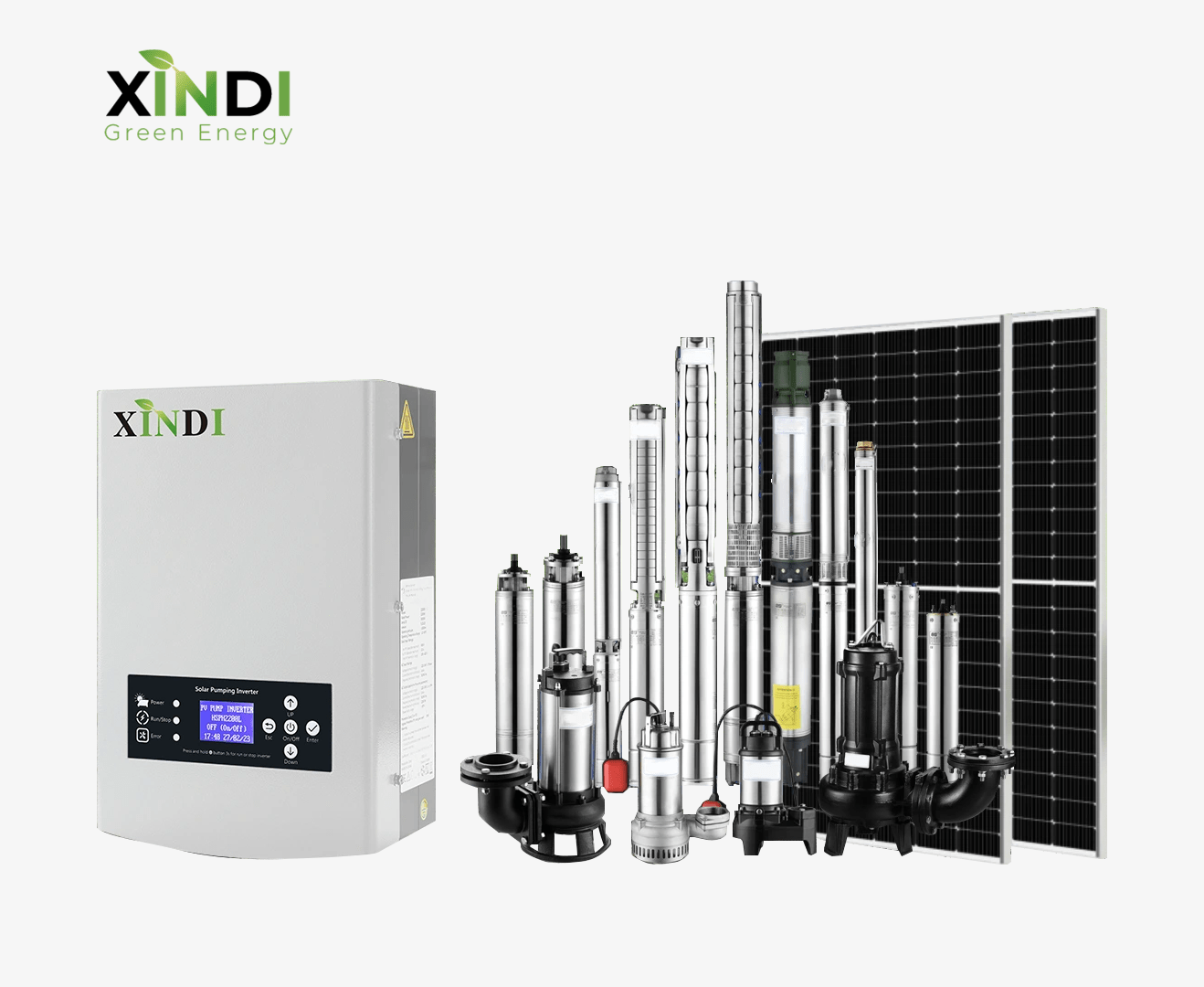
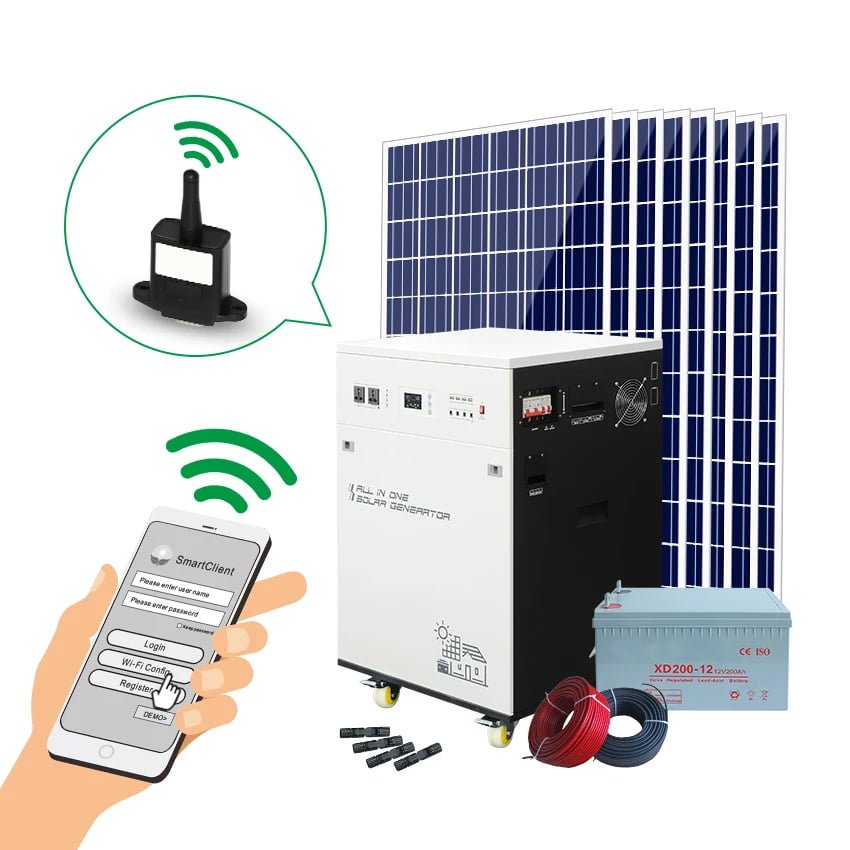
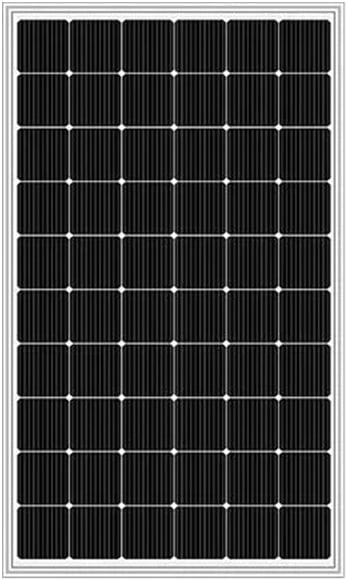
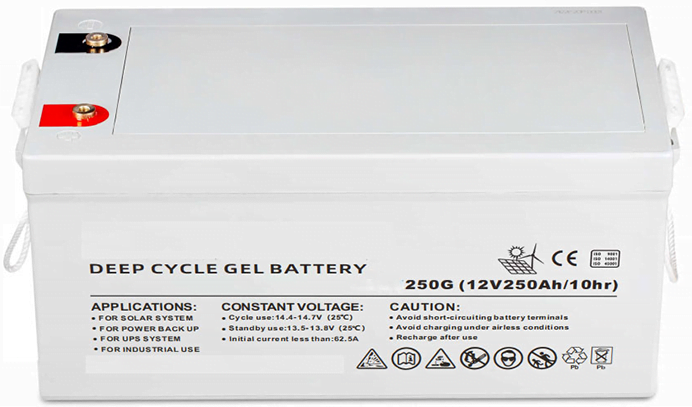
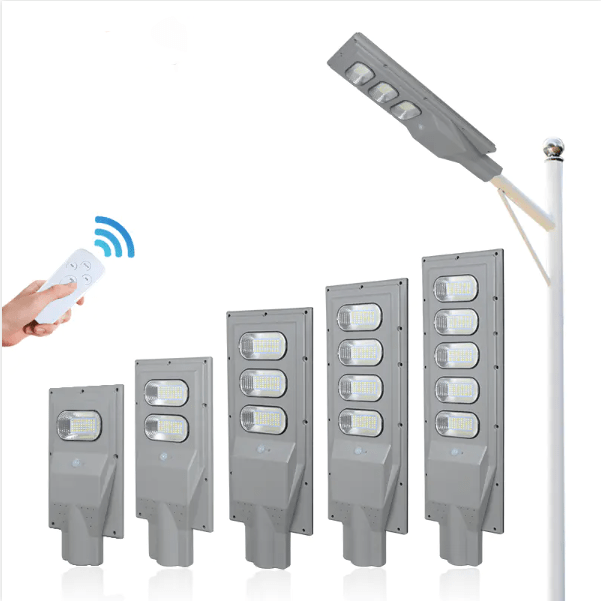
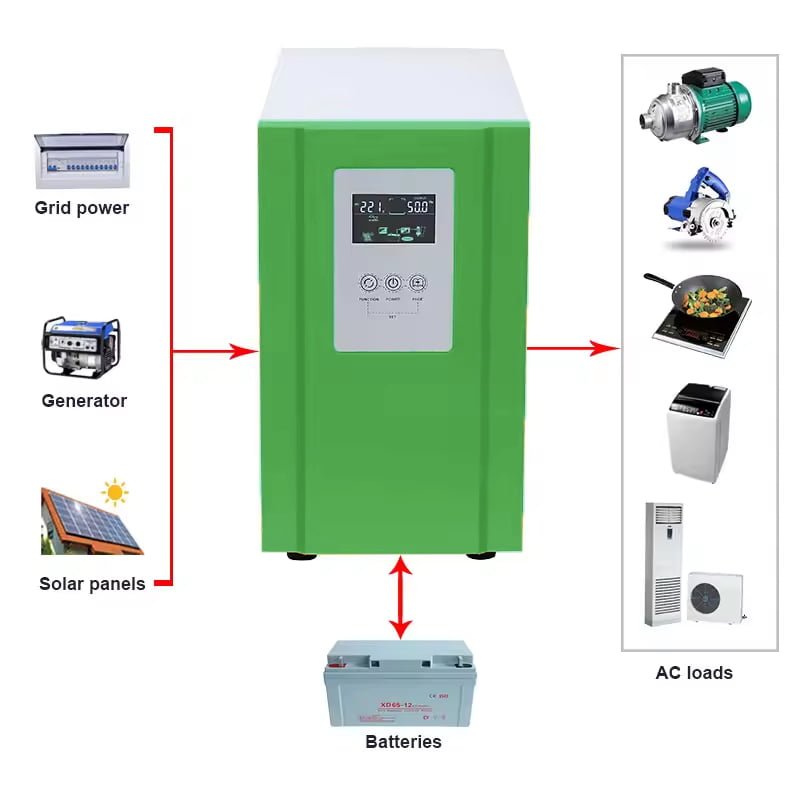
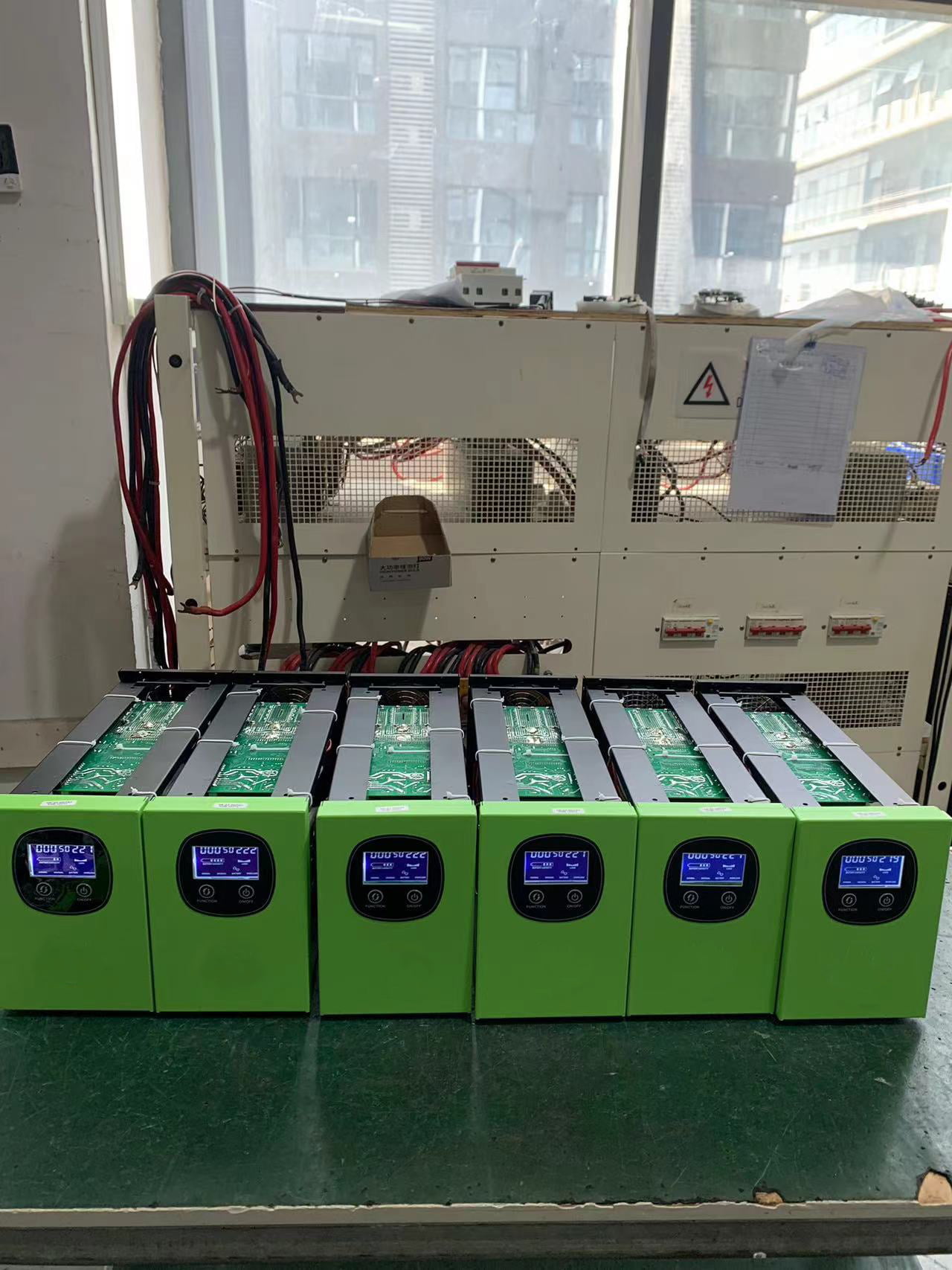
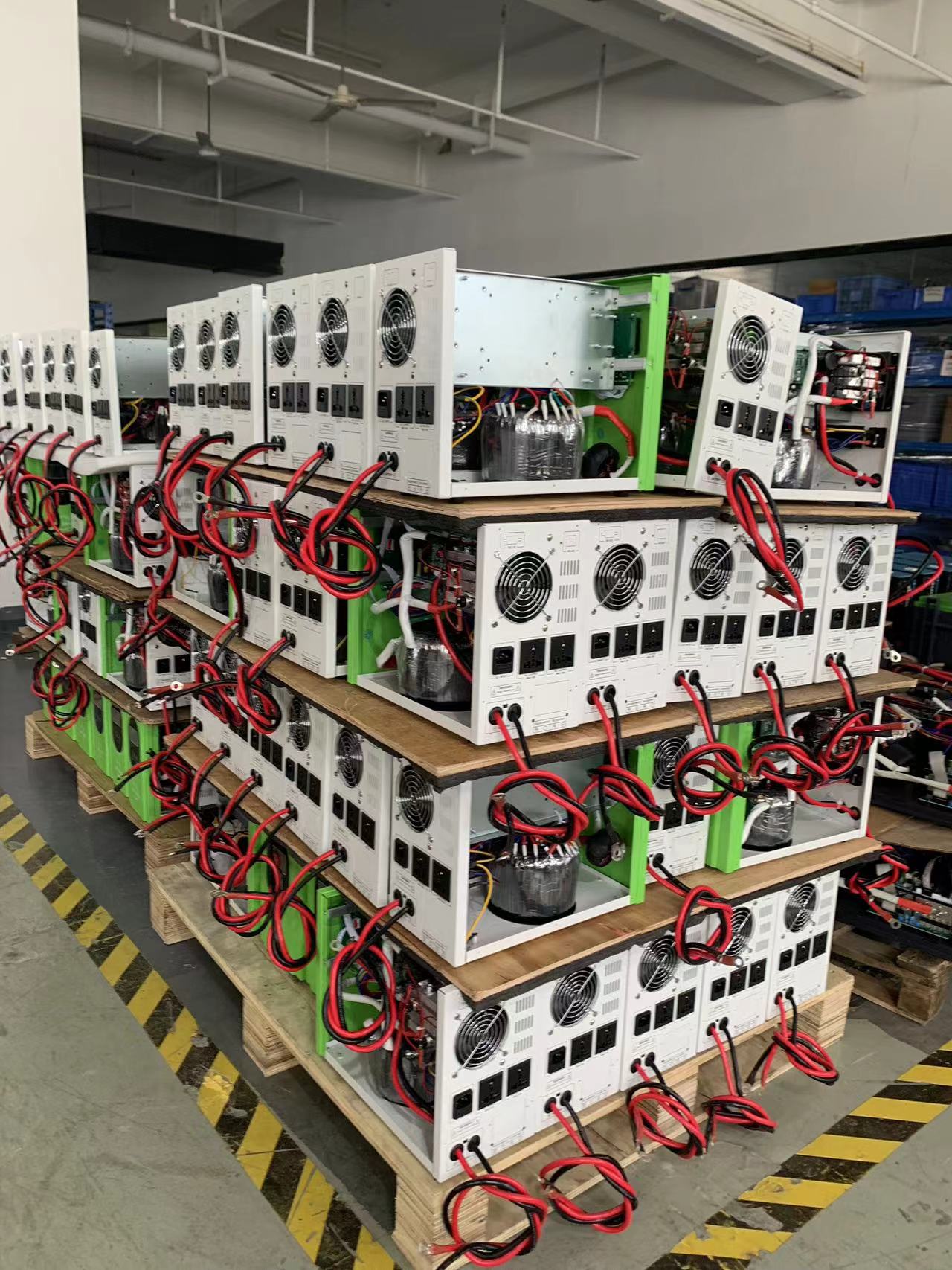
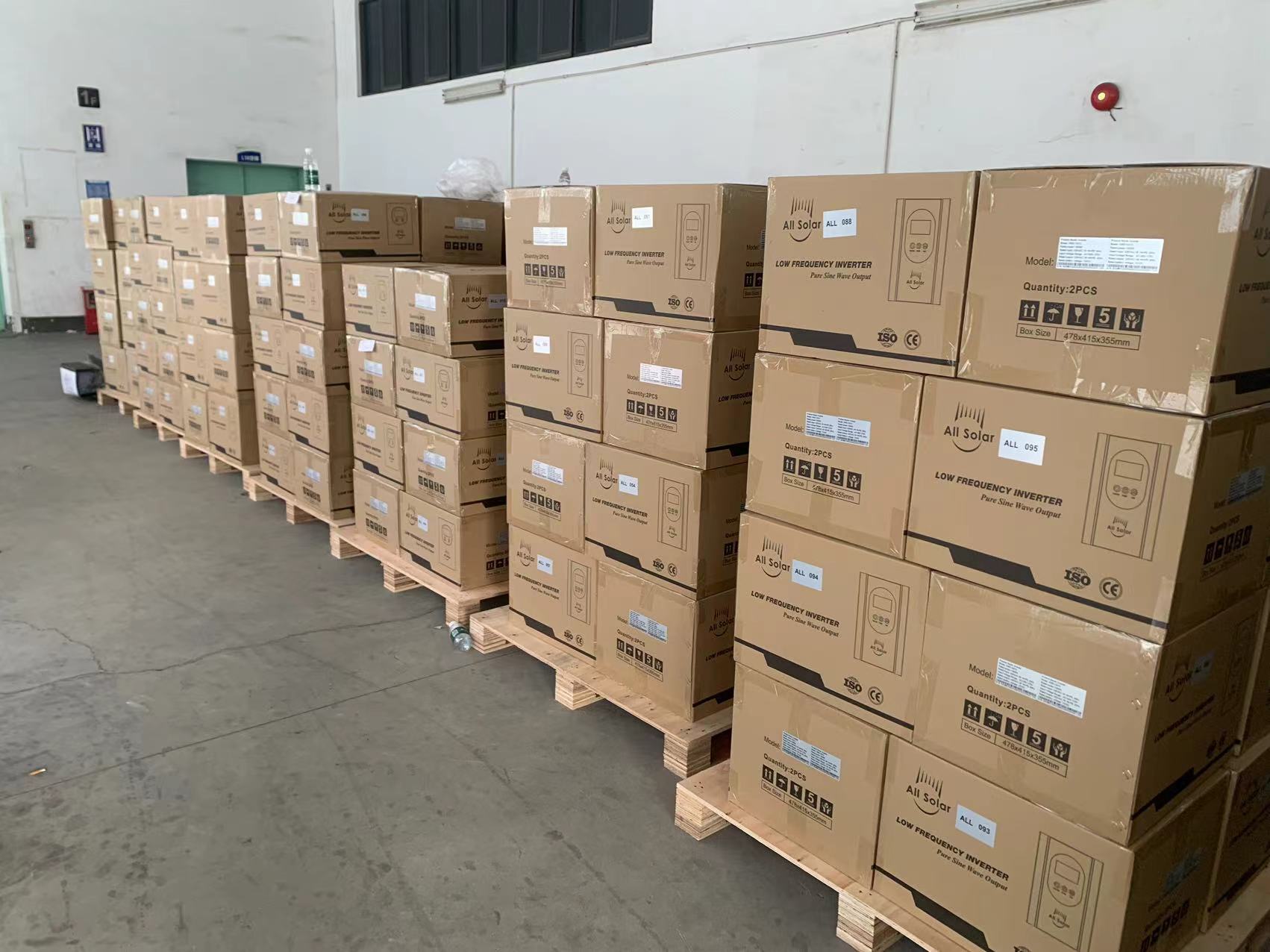
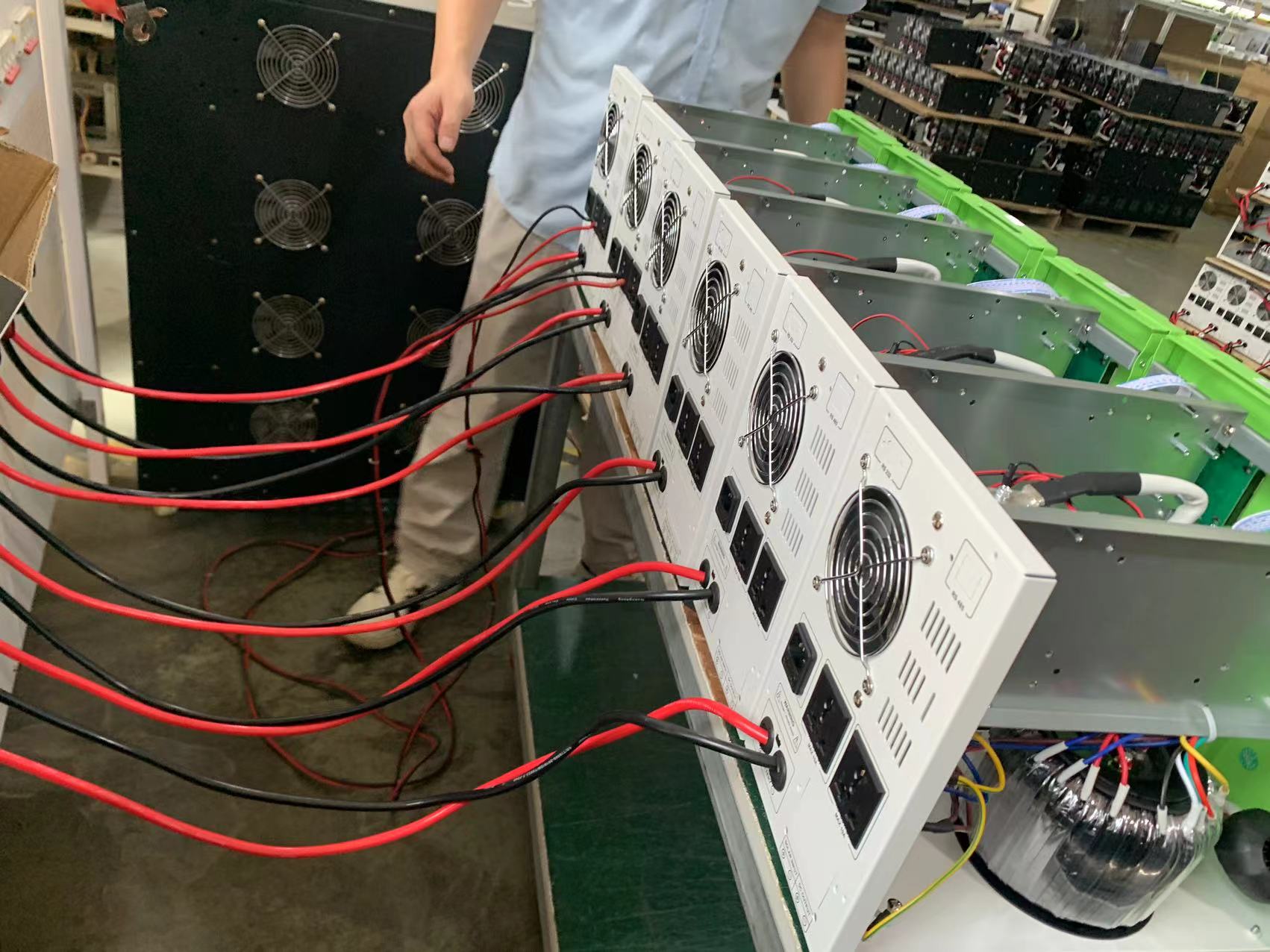
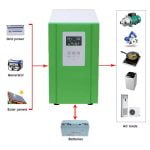
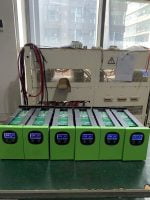
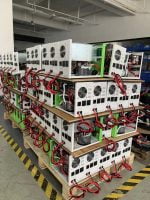
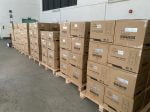
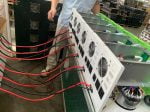

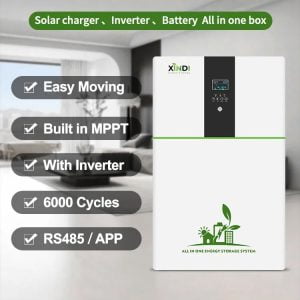
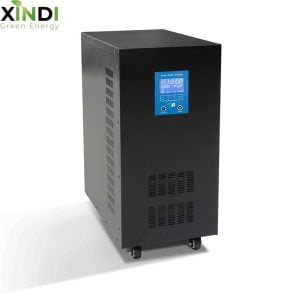

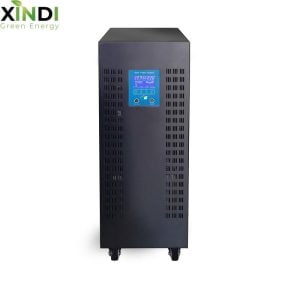
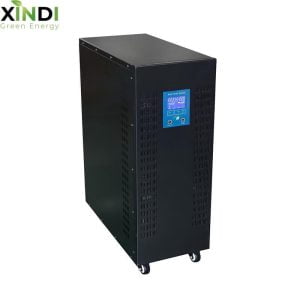
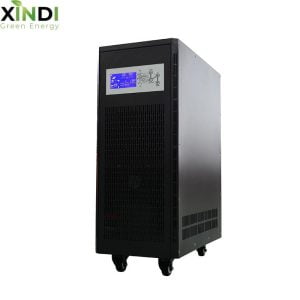
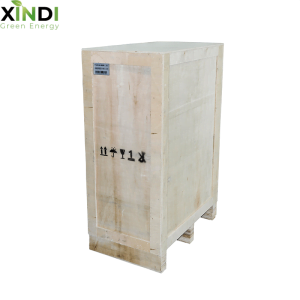
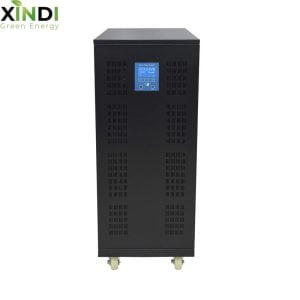
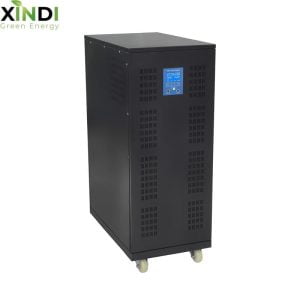
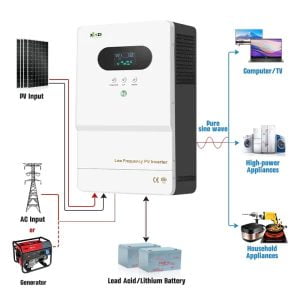
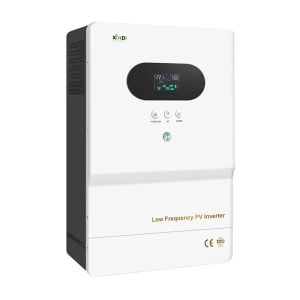
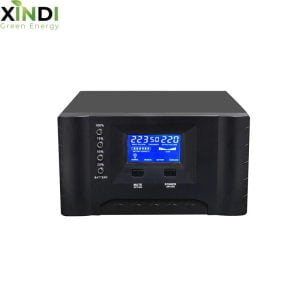

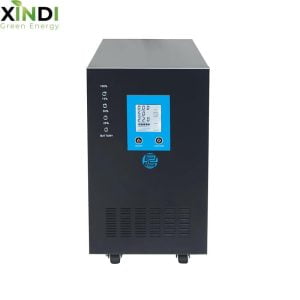
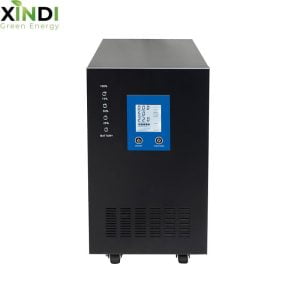

Avaliações
Não há comentários ainda.